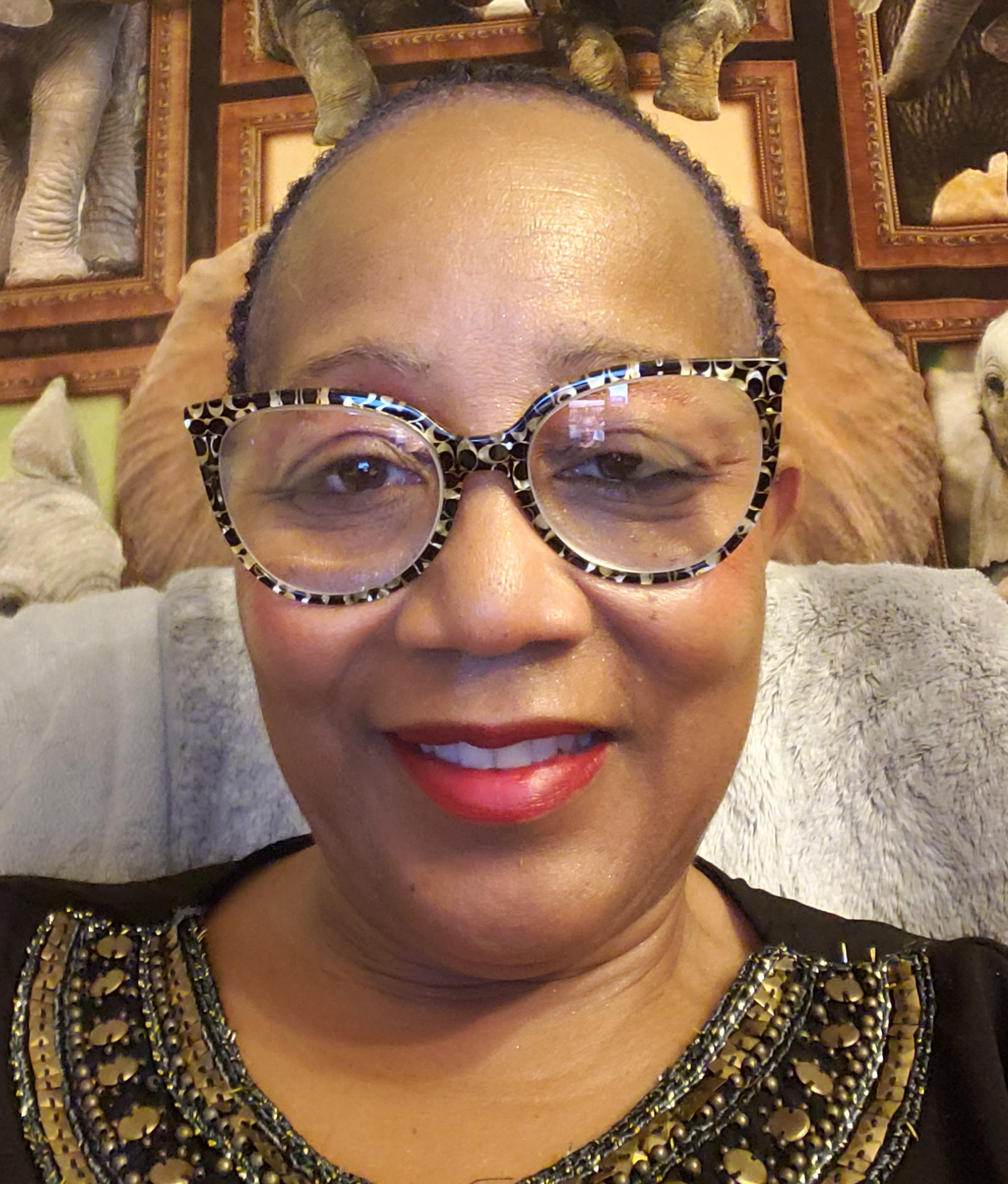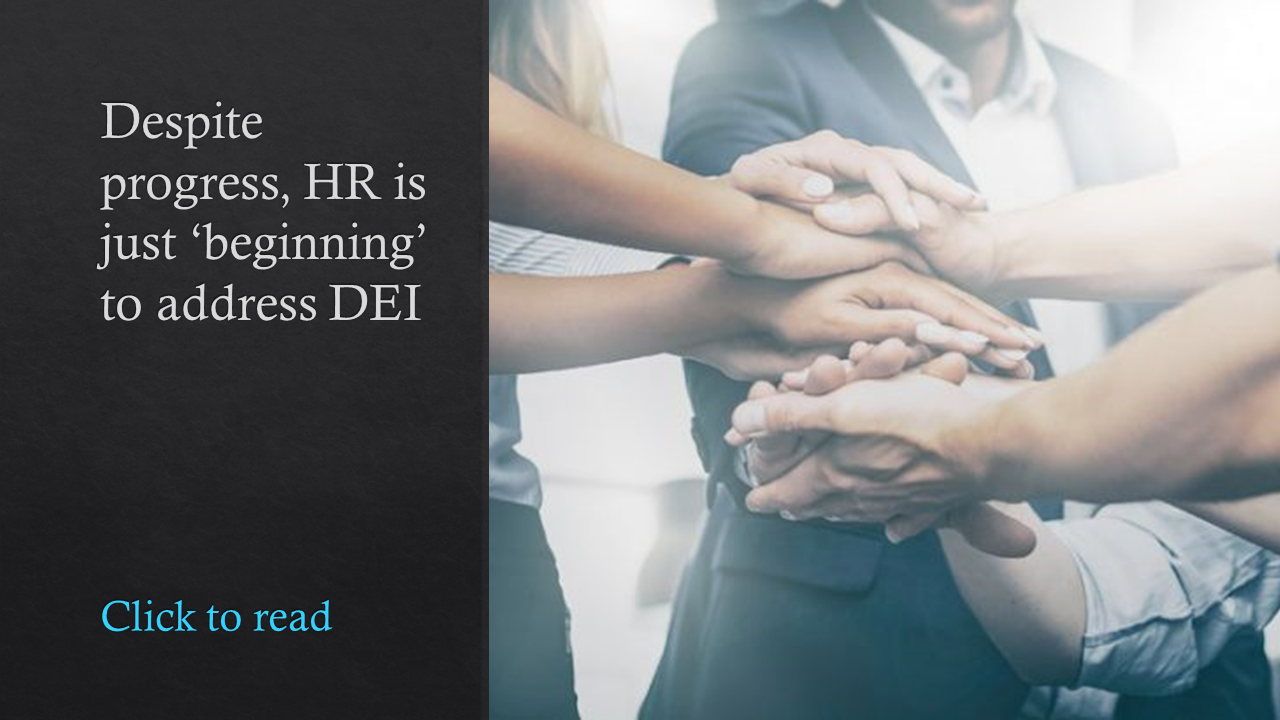At their core, employee benefits are intended to support and advance employees’ wellness. However, early on in Andrea Trudelle’s career as a benefits leader, she had an eye-opening experience on how benefits can actually marginalize certain populations of workers.
While managing her first health fair for a former employer, Trudelle was eager to invite experts on conditions like lupus and sickle cell anemia but was told by leadership that those diseases–which disproportionately affect people of color–weren’t enough of a concern for employees. He meant, of course, that they weren’t enough of a concern for white employees.

“That is when I learned for whom I would be designing benefits,” says Trudelle, whose more recent experience has included global benefits leadership at NVIDIA and Box. At this month’s Health & Benefits Leadership Conference, Trudelle will engage in a panel discussion on how benefits can address racial inequality with Jessica Brooks, president and CEO of the Pittsburgh Business Group on Health. Jennifer Benz, senior vice president and communications leader at Segal Benz, will moderate the conversation.
Related: Register for the free, virtual Health & Benefits Leadership Conference here.
While Trudelle’s example highlights the risk that benefits can exclude certain populations of people, Benz notes that benefits and HR leaders are gradually becoming more keyed into disparities in health and financial outcomes for their workers–however, that topic has taken on greater importance after the racial unrest of 2020.
“What feels different now is the depth of that conversation–especially about the role racism plays” in health inequities, Benz says.
When conversations around benefits design are primarily led by and focused on majority populations–white men and women–employers run the risk of deepening inequities, Trudelle says.
Benefits leaders instead should be opening up conversations–with employees, benefits partners and company leaders–to develop an action plan that uses benefits strategically to advance racial equity.
“It is important that we don’t let the energy and momentum [of the last year] fade before we’ve taken meaningful action,” Benz says. “Figuring out how to effectively address all of these challenges is not going to be easy but it must be done to create the workplaces and society we all want to be part of.”
See also: Why HR was ‘built for times like these’
For too long, companies have been “sitting on the sidelines and largely afraid to tackle this issue,” Trudelle adds. In some organizations, employees have taken things into their own hands, including through the formation of employee resource groups; if properly funded, she notes, an ERG can be a key tool in educating the company around health concerns and informing equitable benefits design. At former employers, Trudelle says, she has joined all of the ERGs as an ally to stay connected to employee concerns around benefits.
Especially over the last year, employee expectations have advanced to the point where most want their employer to be actively confronting social issues, within and outside the organization, Benz adds.
Other elements of an inclusive benefits strategy include working with benefit providers that themselves offer inclusive products, diversifying the talent pipeline, advancing a culture of belonging and, ultimately, rethinking “how you do benefits,” Trudelle says.
“If you continue to design benefits for the largest cohort of your population,” she says, “the POC will always be left out.”
*
The panel, How Benefits Can Address Racial Inequity, begins at 11 a.m. EDT May 12.



